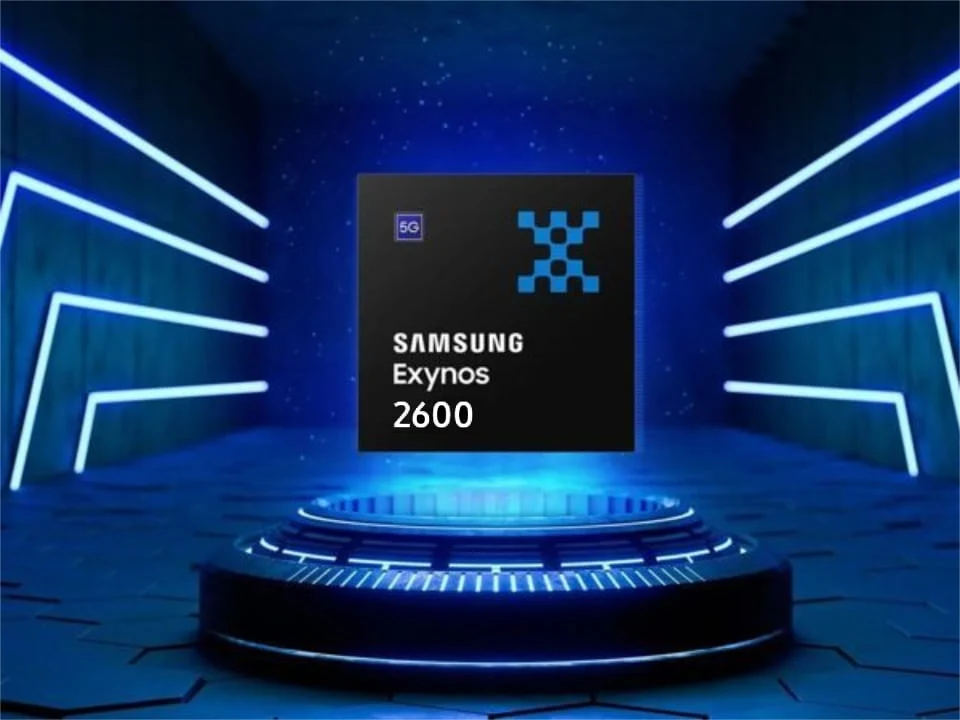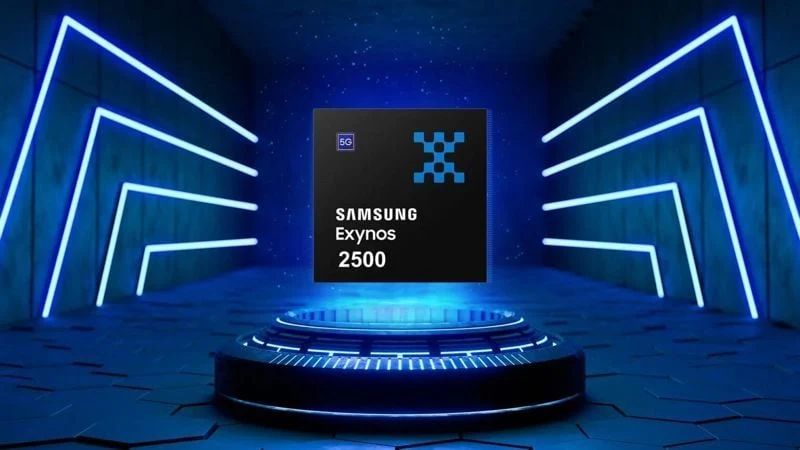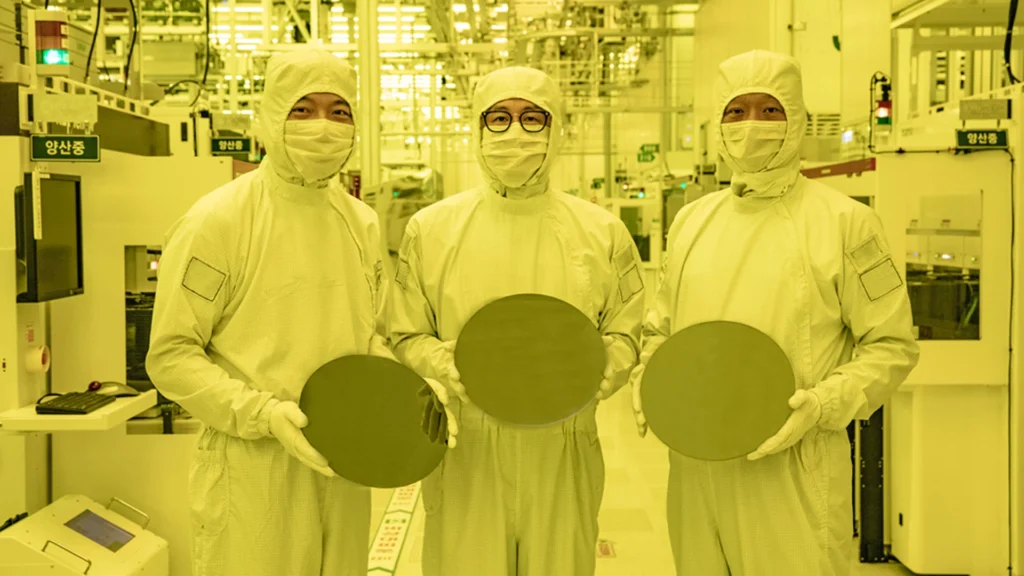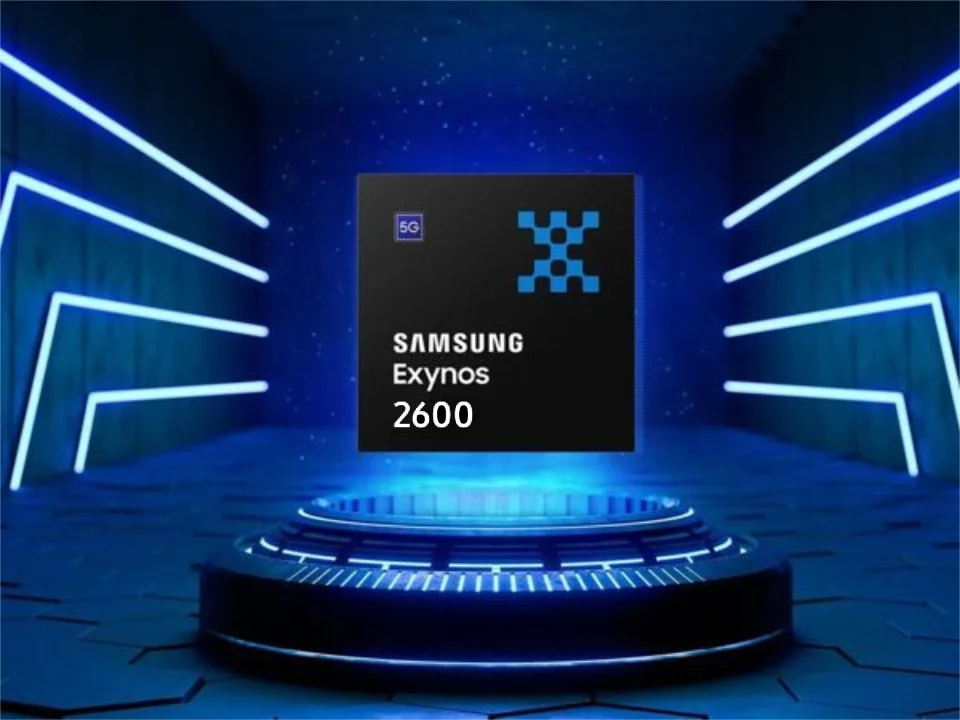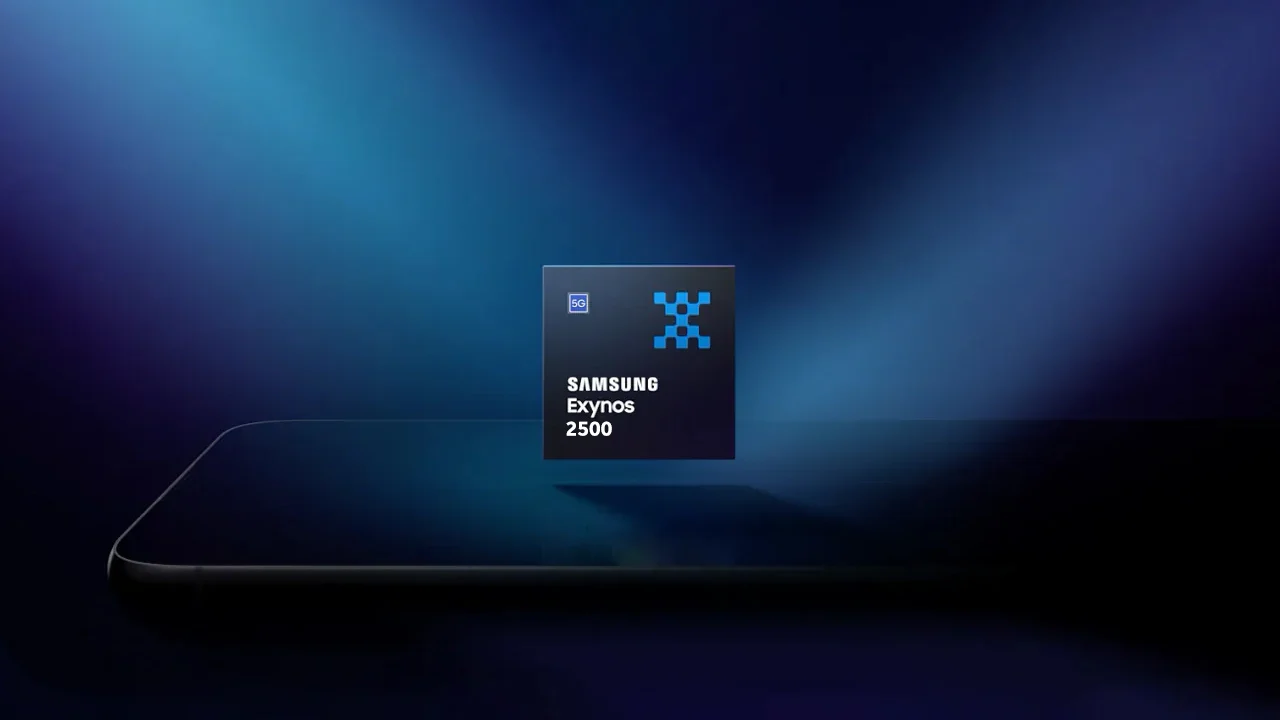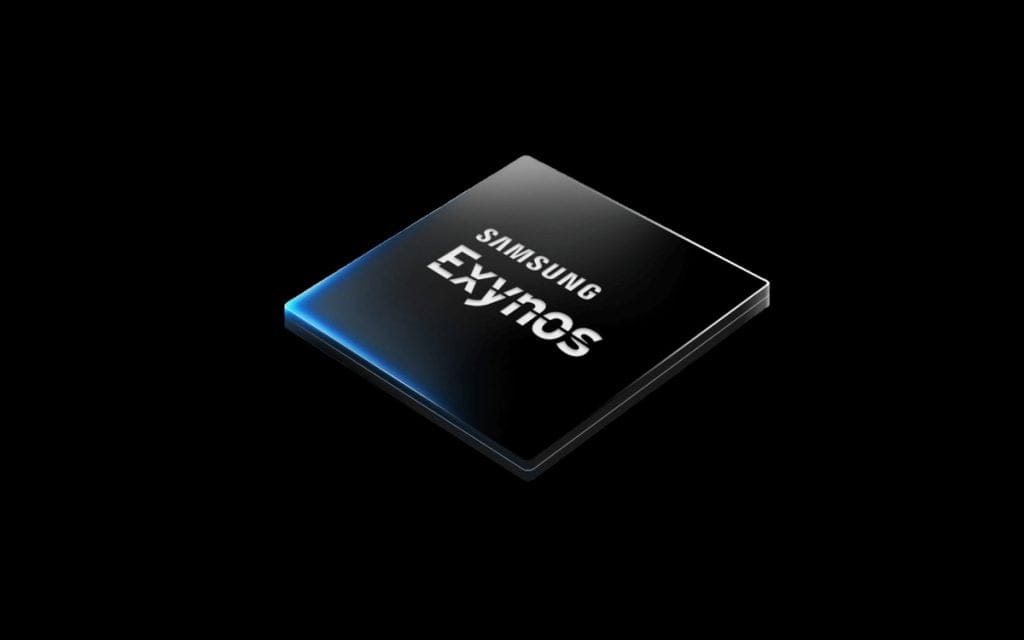Key Takeaways
1. Samsung’s Galaxy S26 series will feature the new 2nm Exynos 2600 chip, marking a comeback for the company’s own processors.
2. The Exynos 2600 chip is set for mass production, with yield rates improving to over 40%, up from last year’s 20-30%.
3. The Galaxy S25 series faced financial challenges due to reliance on the Snapdragon 8 Elite, highlighting the importance of the Exynos 2600’s success.
4. Samsung’s MX Business is conducting a thorough evaluation of the Exynos 2600 to regain competitiveness against Qualcomm and MediaTek.
5. While the 40% yield rate is promising, it remains below the 60-80% needed for efficient mass production, indicating that caution is necessary.
Samsung is gearing up for a strong return in the mobile processor arena with its upcoming Galaxy S26 series, which is expected to showcase the new 2nm Exynos 2600 chip early next year. This development comes after the Exynos 2500 chip was unable to effectively power the Galaxy S25 series, mainly due to unsatisfactory yield rates at the 3nm level.
Exynos 2600 Set for Mass Production Soon
The upcoming Galaxy S26 may signify a major turn, reintroducing Samsung’s own Exynos chips to the market. Reports from South Korea suggest that this chipset will utilize a cutting-edge 2nm manufacturing process. The Foundry division of Samsung has achieved an important milestone, with insider information revealing that yield rates have surpassed 40%, a significant improvement from last year’s 20-30% range. This advancement is a hopeful indication of overcoming the issues faced with the troubled 3nm process, and mass production is expected to kick off in November this year.
Financial Impact on Samsung’s Business Divisions
The Galaxy S25 series, which solely depended on the Snapdragon 8 Elite, led to financial challenges for Samsung’s MX Business and DS Division, since Exynos chips are generally more affordable for the company. The success of the Exynos 2600 will rely heavily on these enhanced yield rates. For those who might not know, the yield rate for a chipset indicates the proportion of functional chips generated from a silicon wafer during production.
Samsung’s MX Business division is said to be preparing for a thorough evaluation before launching the Exynos 2600 in the Galaxy S26 and S26 Plus, as they strive to regain their edge against competitors like Qualcomm and MediaTek. This move could enhance Samsung’s reputation in the foundry space, especially if they manage to outpace rivals such as TSMC in the race for 2nm smartphone chips. However, while the 40% yield is a step forward, it still falls short of the 60-80% range required for mass production, suggesting that caution is still warranted. If successful, the Galaxy S26 series might see the return of Exynos to the Galaxy S lineup.
Source:
Link

